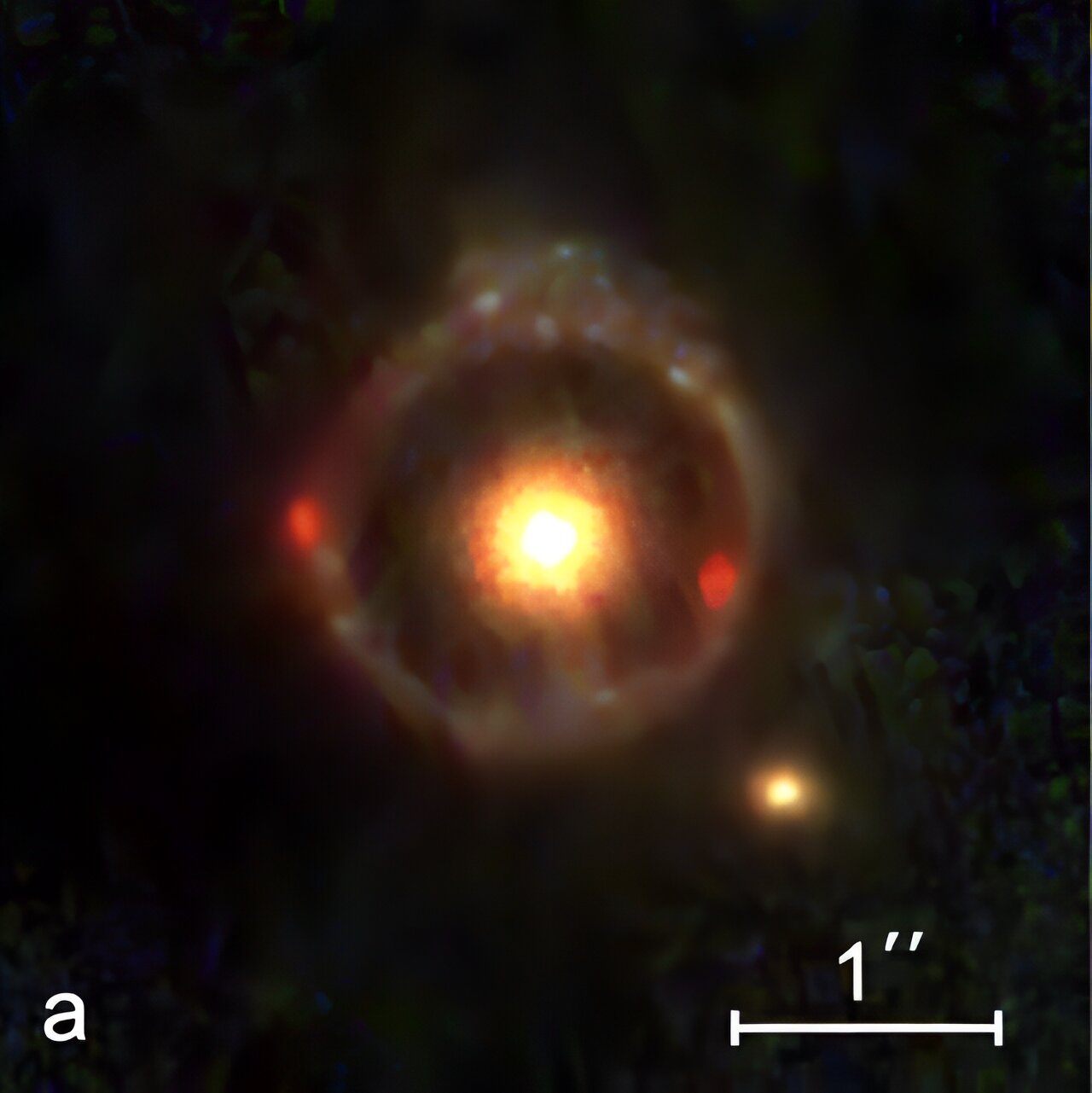Astronomers have reported the discovery of a new galaxy using the James Webb Space Telescope (JWST) as part of the JWST COSMOS-Web survey. The newfound object, designated JWST-ER1 is a massive and compact quiescent galaxy. The findings were detailed in a paper published September 14 on the pre-print server arXiv.
Massive galaxies that stopped forming stars (known as massive quiescent galaxies) are plausible progenitors of giant elliptical galaxies. Given that these objects formed stars earlier and assembled their stellar masses more quickly, they could be key to improving our understanding of the process of galaxy evolution.
Now, a team of astronomers led by Pieter van Dokkum of Yale University reports the detection of a new galaxy of this type, which received designation JWST-ER1. The object was identified with JWST’s Near Infrared Camera (NIRCam) as part of the ongoing wide and deep survey of up to 1 million galaxies—known as COSMOS-Web. One of the most remarkable features of JWST-ER1 is the so-called Einstein ring—a phenomenon in which the light appears as a ring due to gravitational lensing.
“The galaxy and its ring were identified in JWST NIRCam observations in the context of the COSMOS-Web project, a public wide-area survey using the F115W, F150W, F277W, and F444W filters,” the researchers explained.
NIRCam observations show that JWST-ER1 consists of a compact early-type galaxy (JWST-ER1g) and a complete Einstein ring (JWST-ER1r) with two conspicuous red concentrations. The diameter of the center of the ring was measured to be approximately 1.54 arcseconds.
2023-09-26 11:24:02
Link from phys.org
